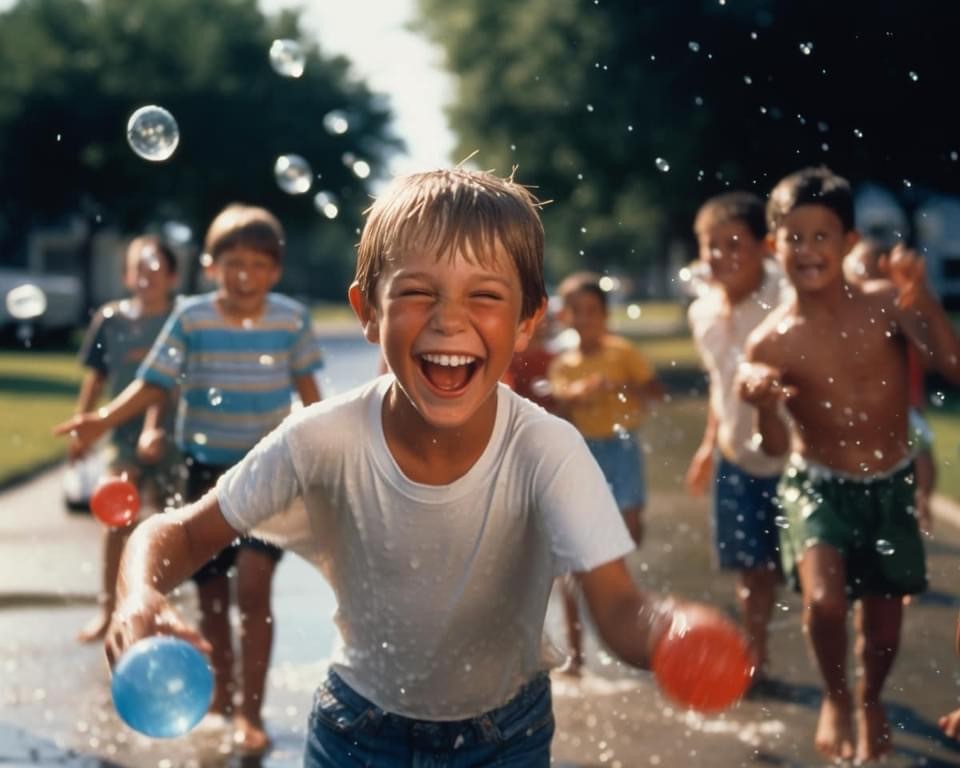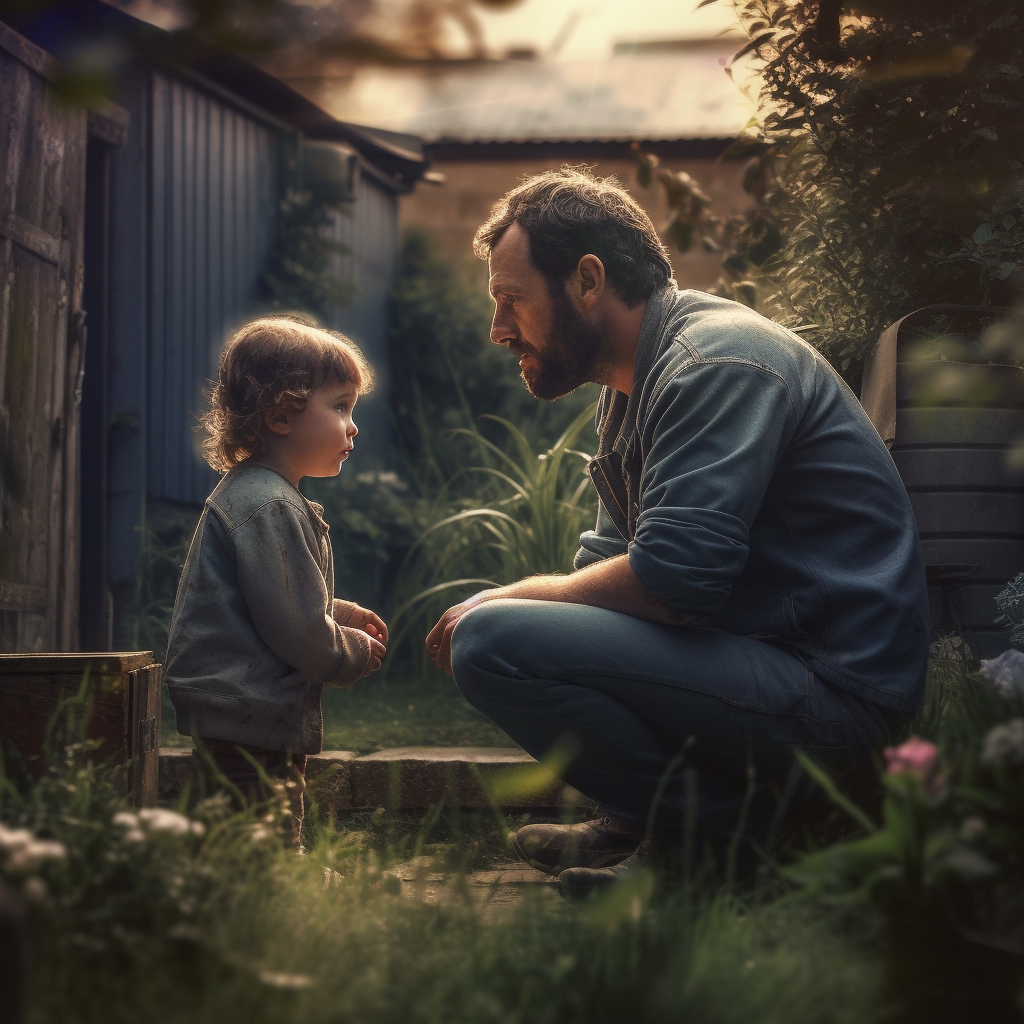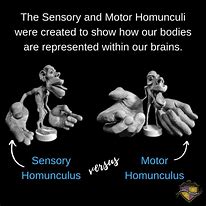Modes are ‘required regression points’ before major jumps in brain integration and recalibration. It can be quite noticeable for some children/individuals and for others not so. During NeuroAbilitation protocols we encourage the brain to correct its own ‘faults’ or heal itself. The corrected brain then starts outputting ‘correct’ skills. It is learning and displaying new patterns. Now this is the exciting part! The MODE can seemingly be quite scary. After all the learning and new skills, the child/individual might go through a period of neural pruning and new pathway cementing. This looks like the child/individual forgot everything! Scary! Well, it can be, if you are unaware of the MODE principle! What can be done? Celebrate! After the MODE there is always a massive jump in the skillsets! Focus on the relationship with your child and not the immediate results, and do not try to rush the recovery!
Category: news
Talking to toddlers
I hear often ‘Why can’t my child hear me?’ Well, the likelihood is that they cannot understand you. Yes, in the past most of society talked to little children in a manner that was ‘baby-ish’ and it was as though young children would understand very little. Somewhere in the 90’s early millennium, we swung to the other side… and now we talk to little ones as though they were our peers. And this made adults not interesting!! ‘What? You might ask… I am an adult how can I not be interesting to a child?’ Well, not interesting enough as a play partner or a communication partner. Children have the capacity to utilise most aspects of the language ladder. They can use sound effects and complex sentences as their communication bandwidth is wide. We, adults, have a much narrower reserved and proper communication bandwidth, but a wider vocabulary. Children like adults who are socially available and want to connect at the child level. Most adults use the available connection opportunities to lecture the child, load them with irrelevant questions which are more like tests, or simply talk over the child’s language level. Physically you might be too tall for the child to be able to visually reference you! Bob down, when you talk to them. Little children have big heads, not fully functioning atlases – top vertebra- so they do not have a full range of movement, this is why they visually reference forward as opposed to up, down behind and side. Interested to know more?! Check out my new course! Helping the Mamas and the Babas – Speech is coming soon!
Pain Pathways
Mirror, mirror on the wall… STOP right there! Your brain does not see you the way you see yourself in the mirror! In reality the brain projects its own brainmaps and connections onto the body. The homunculus in the picture above shows us how much information the individual body parts send to the brain and how much information the brain provides in return. Feed-back and feed-forward loops help the communication going. As you can see, our backs have the same number of receptors/brain map area as our thumb or mouth! No wonder noone ever complained about a pulled muscle in the mouth! The aftermath script of a hurting muscle is soothing, shilding and protecting. Soothing might be rubbing and oxygenating, shielding is when we not using the muscle or rest it, protecting is the time when we start building new movement patterns and pain pathways to avoid the use of the muscle. Yes! The funny walk stage! In the lack of other signals the brain will remember the pain pathways for ever. Even when the limb is cut off, the pain pathway exists. (Phantom limb syndrome) In NeuroAbilitation we encourage the soothing and the oxygenation- in fact we keep this up for weeks. (It takes 3-6 weeks to ‘build a new back’ and 3-6 months to ‘build a new body’) Shielding and protecting is not allowed when we want to eliminate the pain pathways. We need to use the effected area to send signals to to brain to heal itself. And it will!!! How to help the brain and body? Rhythm is the language of the brain – move the area rhythmically! Oxigenation and fascia stimulation! Smooth, physiological movement (NeuroAbilitation torsion walk) helps to send the right messages! Well, after all, ‘You are as young as your spine is’!



